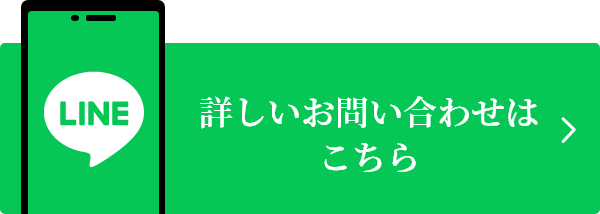Newsletter (2024/10/25 Shintaro Uchimura)
Hello everyone.
How are you doing?
Today's newsletter comes from Yeosu City, South Korea.
Karatsu City and Yeosu City have a sister city relationship with Yangshuo City in China, and this time I am participating as the leader of the Karatsu delegation in the Japan-China-Korea Go Exchange Tournament.
Karatsu City and Korea have a deep connection through pottery.
It is an indisputable fact that various pottery techniques were introduced from Korea when Toyotomi Hideyoshi invaded Korea, and from there spread to Imari and Arita, giving birth to Hizen porcelain.
Karatsu, located at the entrance and gateway to both countries, is a mix of both cultures, and it is often said that even today Karatsu ware has a wide variety of products.
The reason for this is that Karatsu ware, from Kokaratsu to Kenjo Karatsu, was produced in Karatsu from the Momoyama period to the early Edo period,
This is simply because copies of Joseon pottery fired in Korea are still mixed in.
Looking at the Korean countryside from the bus heading to Yeosu from Busan, I came across a view that reminded me of the areas around Ochi and Kitahata near Karatsu.
I am once again convinced that the Joseon Dynasty lives on in Karatsu ware.
Following on from last week, we will be introducing the works of Shintaro Uchimura in our online store this time.
The exhibition features a mixture of reproductions of old Karatsu ware and pieces that could be considered copies of the Yi Dynasty, truly symbolizing the diversity of Karatsu ware.
It might be interesting to look at them while thinking about the Korean potters of old.
Well, everyone, have a great weekend.
Naoki Sakamoto, Owner of Ichibankan
How are you doing?
Today's newsletter comes from Yeosu City, South Korea.
Karatsu City and Yeosu City have a sister city relationship with Yangshuo City in China, and this time I am participating as the leader of the Karatsu delegation in the Japan-China-Korea Go Exchange Tournament.
Karatsu City and Korea have a deep connection through pottery.
It is an indisputable fact that various pottery techniques were introduced from Korea when Toyotomi Hideyoshi invaded Korea, and from there spread to Imari and Arita, giving birth to Hizen porcelain.
Karatsu, located at the entrance and gateway to both countries, is a mix of both cultures, and it is often said that even today Karatsu ware has a wide variety of products.
The reason for this is that Karatsu ware, from Kokaratsu to Kenjo Karatsu, was produced in Karatsu from the Momoyama period to the early Edo period,
This is simply because copies of Joseon pottery fired in Korea are still mixed in.
Looking at the Korean countryside from the bus heading to Yeosu from Busan, I came across a view that reminded me of the areas around Ochi and Kitahata near Karatsu.
I am once again convinced that the Joseon Dynasty lives on in Karatsu ware.
Following on from last week, we will be introducing the works of Shintaro Uchimura in our online store this time.
The exhibition features a mixture of reproductions of old Karatsu ware and pieces that could be considered copies of the Yi Dynasty, truly symbolizing the diversity of Karatsu ware.
It might be interesting to look at them while thinking about the Korean potters of old.
Well, everyone, have a great weekend.
Naoki Sakamoto, Owner of Ichibankan




